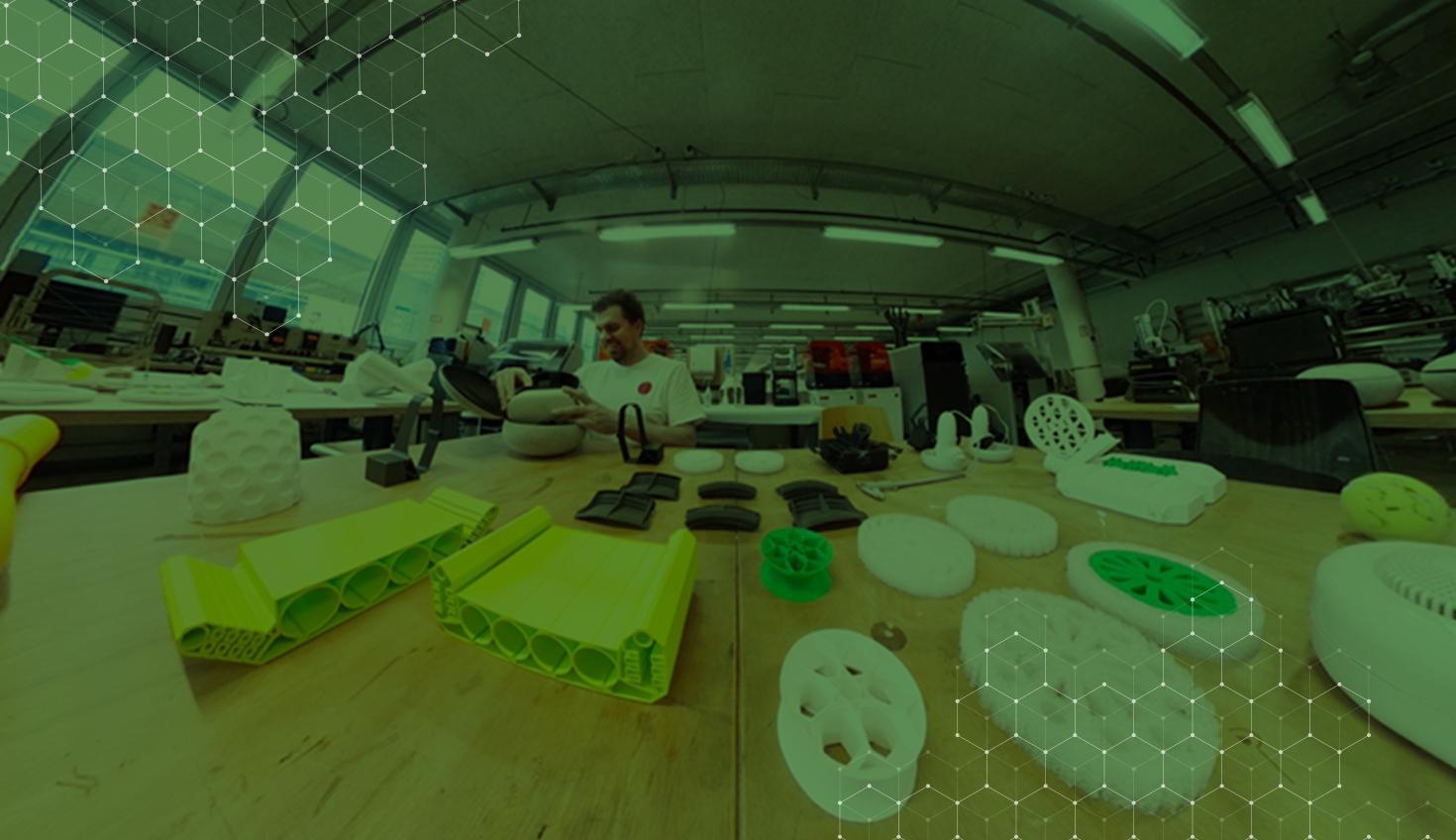
04:31
If you’ve ever watched a tutorial on YouTube – whether to repair a tire, prepare a meal, or draw the perfect circle – you’ve engaged in self-paced learning. You can pause, playback, skip, slow down, speed up, and watch it as many times as you need to in order to learn the skill and accomplish the task at hand.
With so much flexibility for the learner, it’s no surprise that more and more educators are incorporating this type of self-paced approach into their instruction with students, and Roman Jurt from the Zurich University of the Arts (ZHdK) will be the first to sing its praises.
“Two years back, we switched from usual lectures to self-paced learning in our Industrial Design bachelor’s program…” he says. “Our goal is not only to equip our students with all the necessary skills but also to introduce them to cutting-edge tools and processes that are yet to be widely adopted in the industry. This approach empowers them to drive innovation in their future workplaces.”
Self-Paced Learning at Zurich University of the Arts
Located in Zurich, Switzerland, the Zurich University of the Arts is renowned for its comprehensive range of programs in arts and design, blending practical artistic training with academic research. ZHdK is also known for its interdisciplinary approach and state-of-the-art facilities.
Jurt, a lecturer in the Industrial Design Department at ZHdK who set up the first Swiss FabLab in Lucerne and co-founded FabLab Zurich, is a committed maker, open hardware developer, and leader of various workshops.
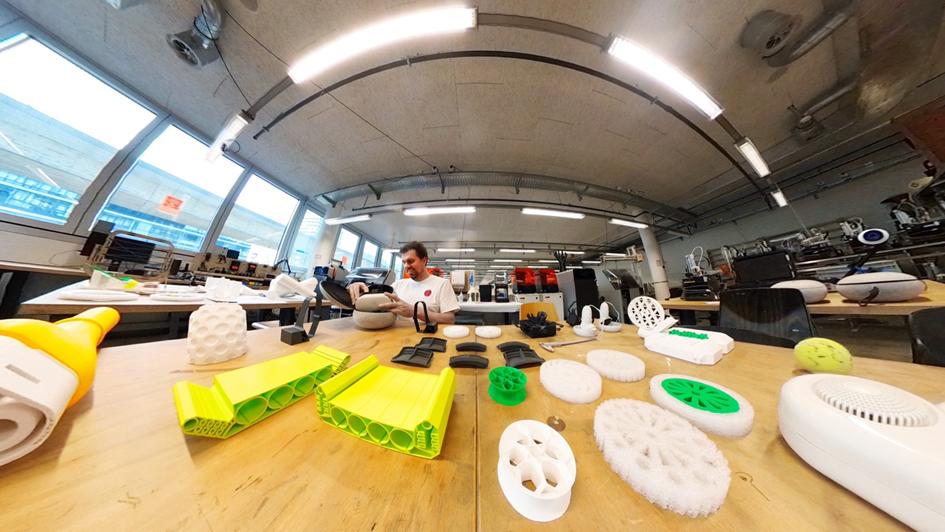
“Grasping software concepts came easily to me, as did supporting my classmates,” Jurt says. “Similarly, tinkering was always fun. As a result, teaching CAD, digital fabrication, and design became my dream profession – one that I am passionate about and continue to pursue with enthusiasm.”
The Industrial Design program at ZHdK currently enrolls about 60 students, but the ZHdK also offers courses that welcome students from other design disciplines such as Interaction Design and Game Design, fostering a multidisciplinary learning environment.
Jurt’s students engage in a variety of projects, including digital-making classes where they can use design software with tools like 3D printers and scanners to gain hands-on experience.
In one example, students are given items from the Museum of Design collection to reverse engineer. For instance, instead of designing a generic toothbrush, students work on a Swiss design icon like the Curaprox toothbrush, as shown below.
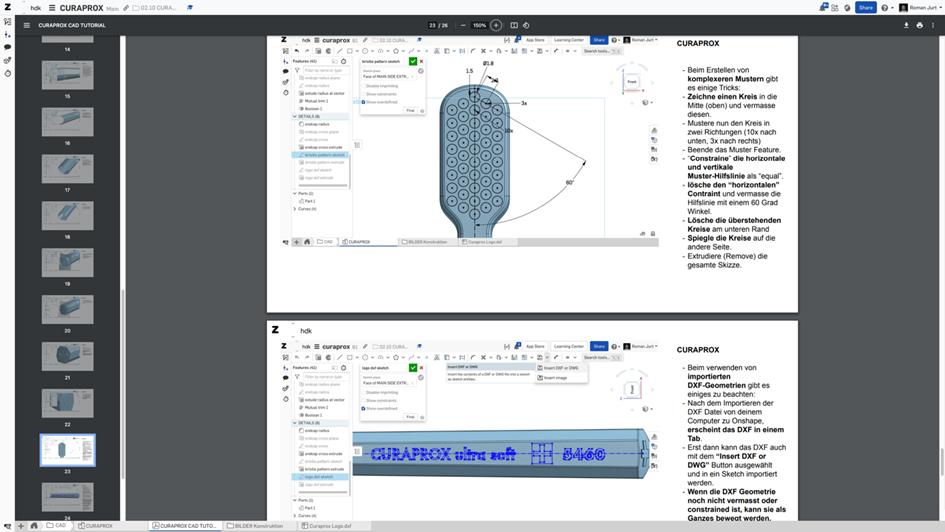
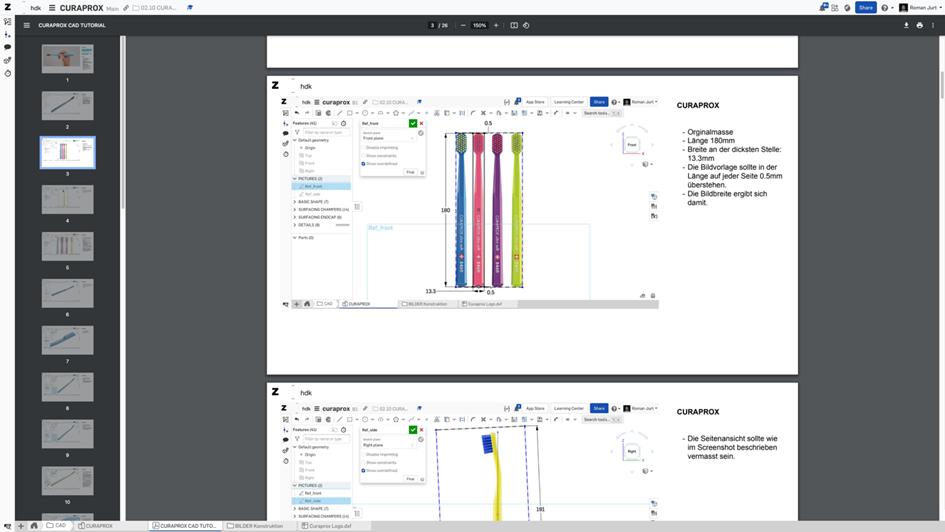
“As they model it,” Jurt points out, “they not only learn technical skills like applying variable fillets but also gain insight into its design nuances, proportions, and the intricate details that only become apparent upon close examination.”
In the first four semesters of the ZHdK Industrial Design bachelor's program, the teaching staff has introduced a mandatory “Self-Paced Skill Monday.” This day is dedicated to teaching the essential skills needed by industrial designers. Beyond CAD, it includes sketching, various graphic design programs, rendering, VR sketching, photography, AI tools, and the integration of these skills.
Onshape as a Learning Ally
His non-traditional self-paced learning methodology finds a perfect ally in Onshape:
“Ten years ago, my journey began with SOLIDWORKS in a computer classroom. After experimenting with Fusion360 for a while, we shifted to Onshape and self-paced classes two years ago. This change has made our unique teaching approach possible, something we couldn’t achieve with any other system.”
Onshape’s cloud-native architecture makes it a standout among traditional CAD software. It offers a versatile container framework that not only stores CAD models but also accommodates PDF documents and engaging video content.
Instructors (and students) can embed self-paced learning content directly within the Onshape Document, and users have direct access to additional self-paced content for free through Onshape’s Learning Center.
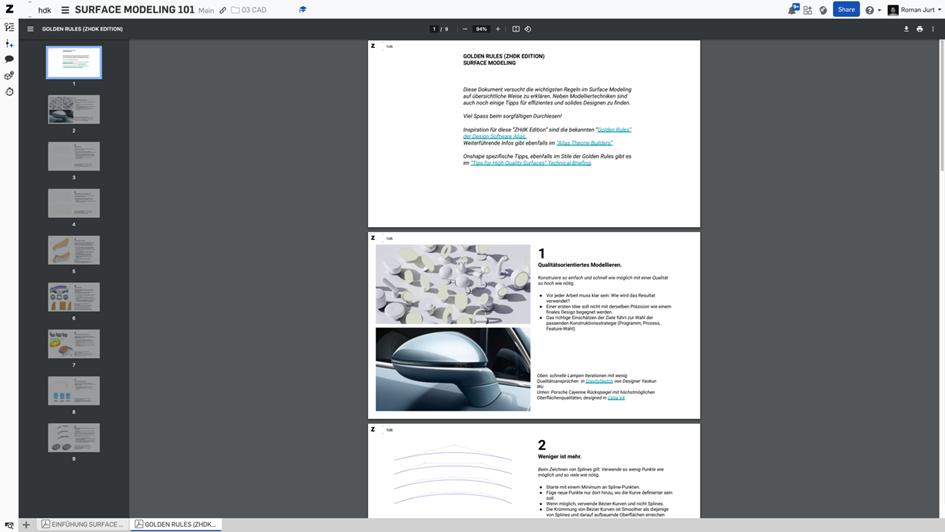
But Onshape’s container framework isn’t the only standout for Jurt. Classes & Assignments, a unique feature available through the Educator and Education Enterprise Plans, make Jurt’s course design feasible – students can submit work through Onshape, and teachers can view, edit, and assist in one-on-one sessions.
Other features that make life easier for Jurt and his students?
“It’s got a neat and easy interface,” he says. “It’s super stable, works on any device without a fuss, and its collaboration capabilities are perfect – intuitive and just work without any hassle.”
A CAD for All Learning Styles
For Jurt, the Industrial Design program isn’t just about students completing certain tasks or projects.
“Almost every day there’s something new,” he says. “We’re not just teaching a single tool; we’re teaching them how to keep learning and adapting.”
There’s always something new with Onshape, too. Self-paced courses are always being added and updated in the Onshape Learning Center to keep learners up-to-date on the latest best practices for 3D modeling, simulation, simultaneous editing, and more. Educators and students alike can benefit from joining Onshape, allowing them to learn CAD at their own pace as well as collaboratively.
To learn more about how Onshape can energize your students, create your free education account today.
Get Started with Onshape Education
Onshape for Education brings CAD out of the computer lab and into the modern era.
(Bernhard Eberl is the Onshape Education Customer Success Director Europe and a PTC Wellness Ambassador.)
Latest Content

- Case Study
- Automotive & Transportation
Zero Crashes, Limitless Collaboration, One Connected Workflow With Cloud-Native Onshape
12.04.2025 learn more
- Blog
- Becoming an Expert
- Assemblies
- Simulation
Mastering Kinematics: A Deeper Dive into Onshape Assemblies, Mates, and Simulation
12.11.2025 learn more
- Blog
- Evaluating Onshape
- Learning Center
AI in CAD: How Onshape Makes Intelligence Part of Your Daily Workflow
12.10.2025 learn more
- Blog
- Evaluating Onshape
- Assemblies
- Drawings
- Features
- Parts
- Sketches
- Branching & Merging
- Release Management
- Documents
- Collaboration
Onshape Explained: 17 Features That Define Cloud-Native CAD
12.05.2025 learn more



